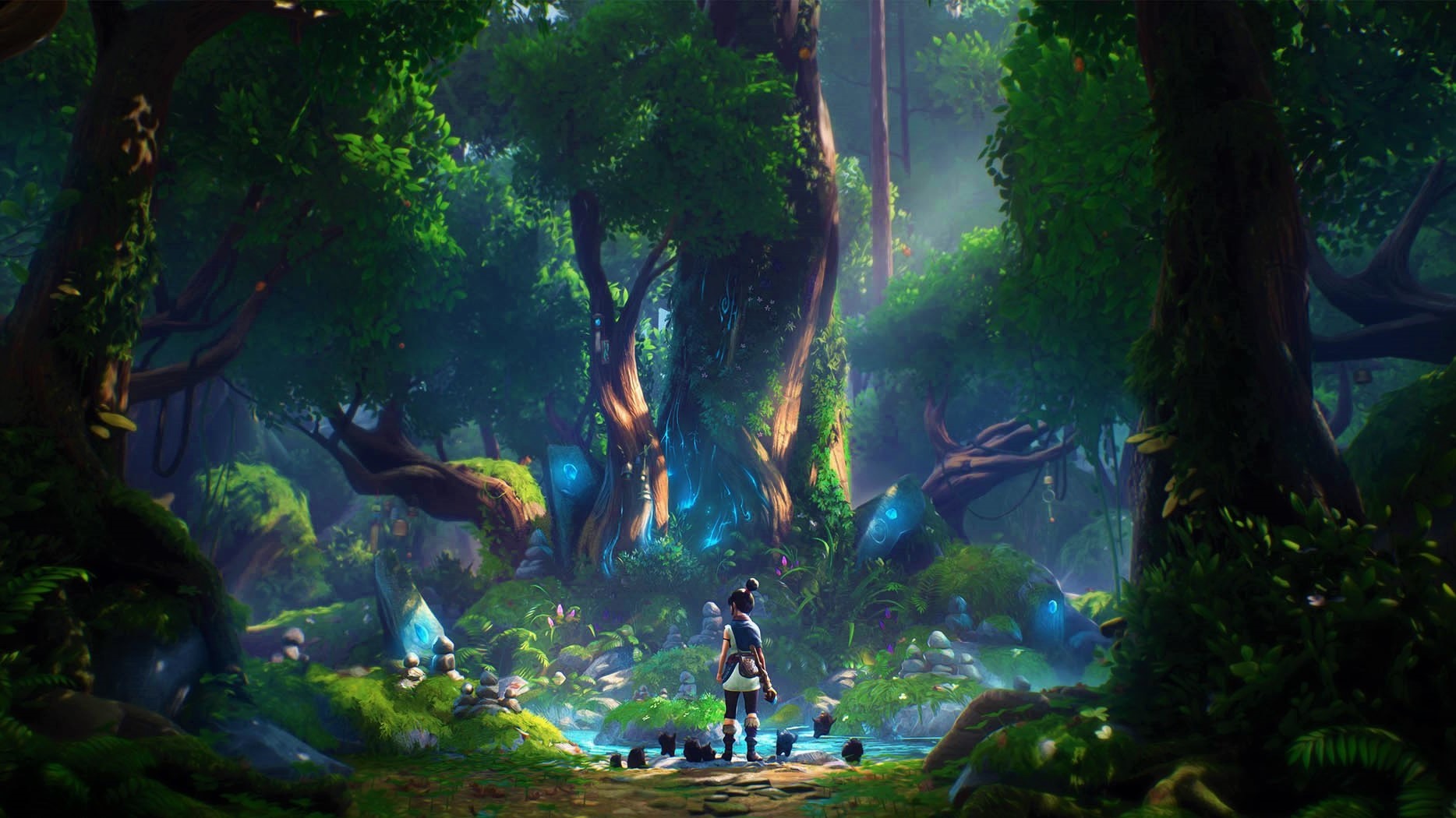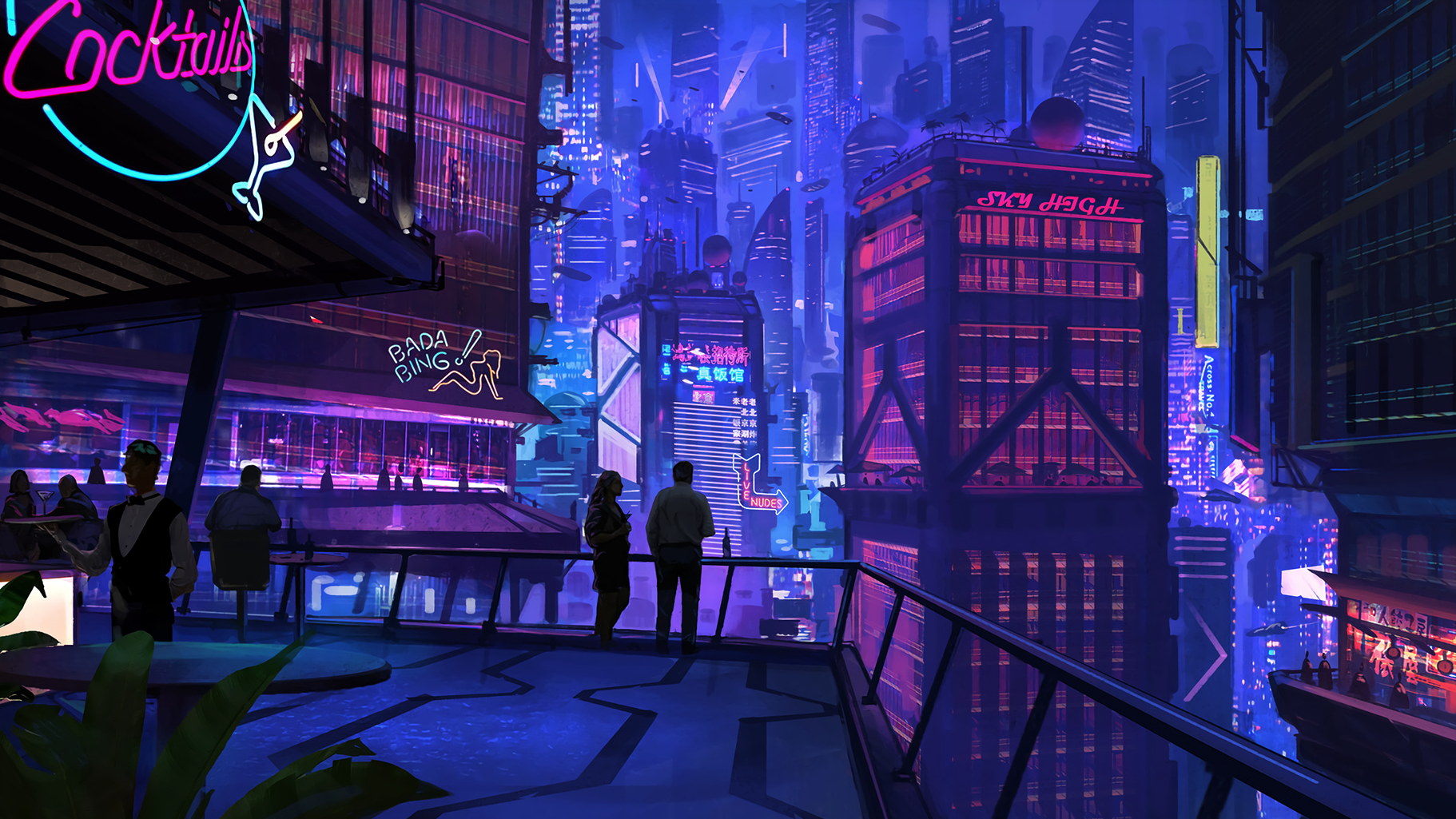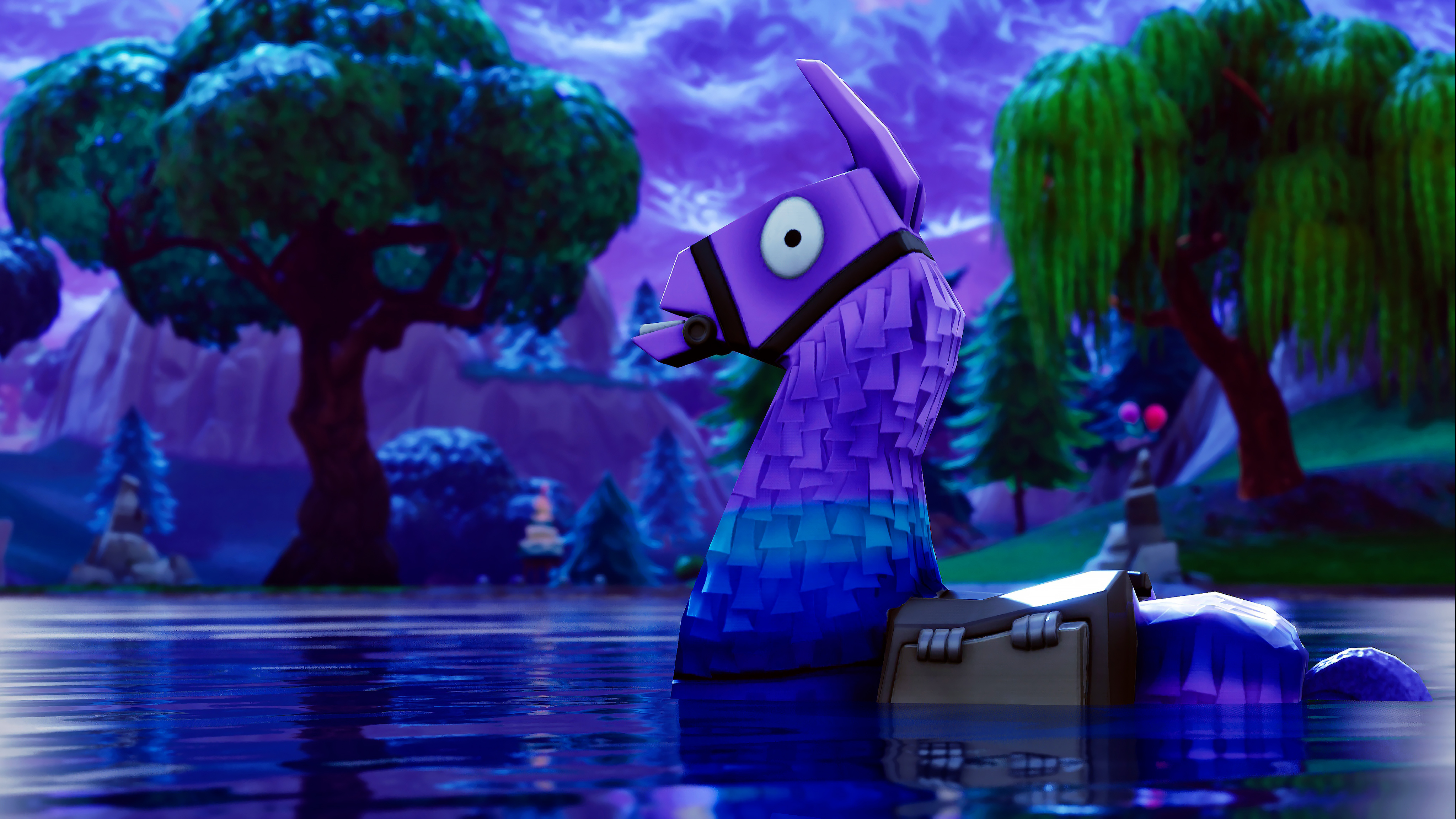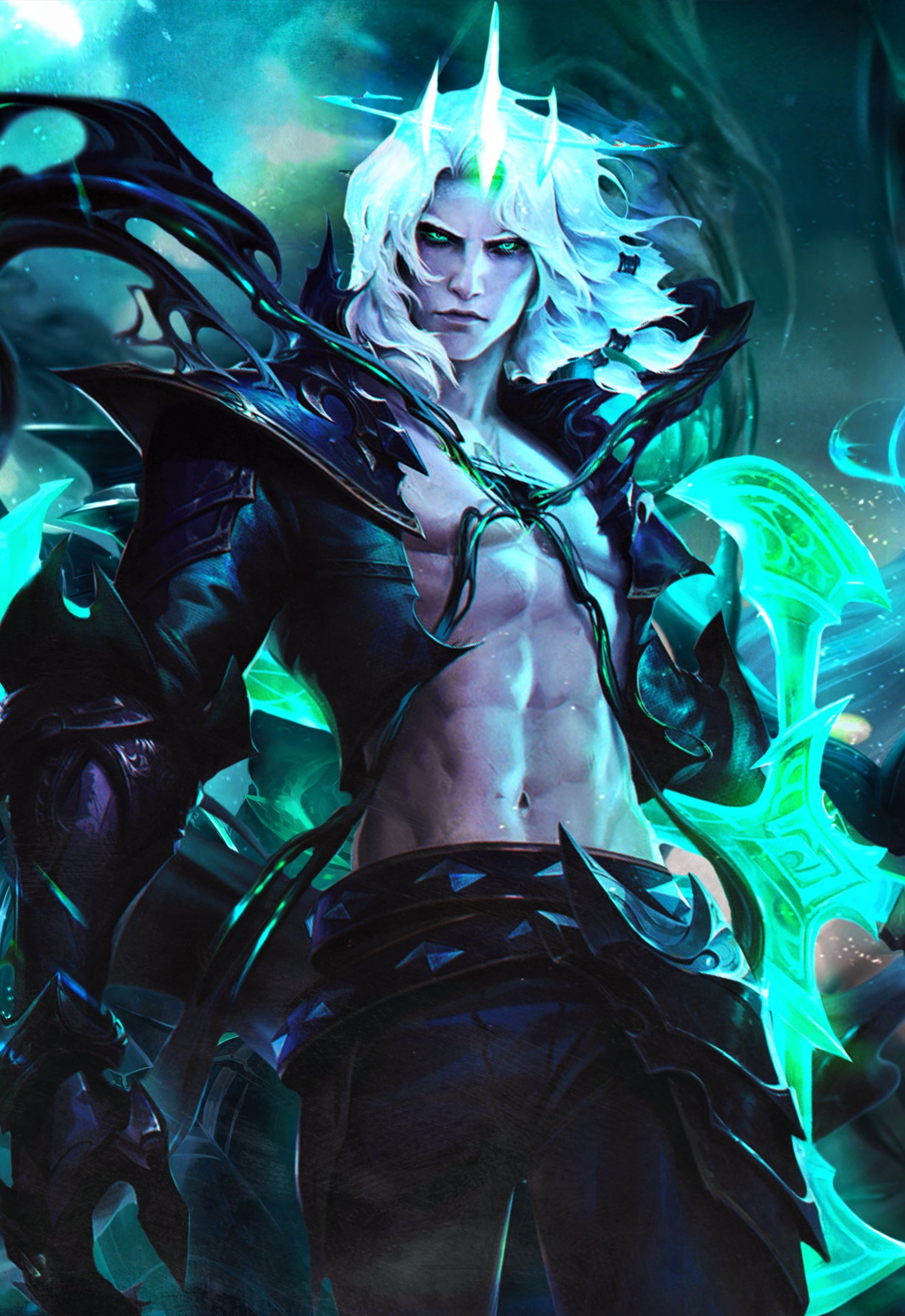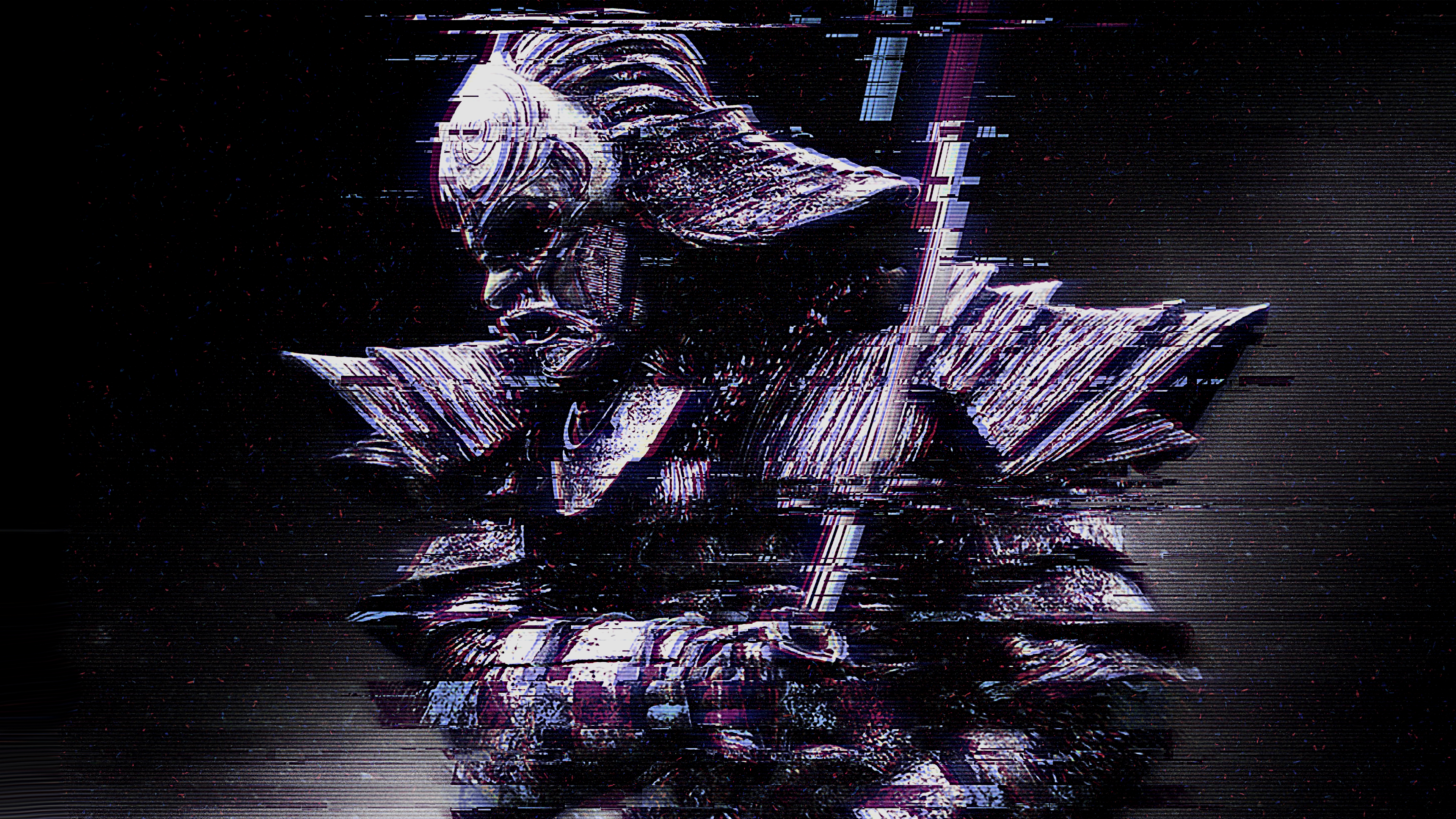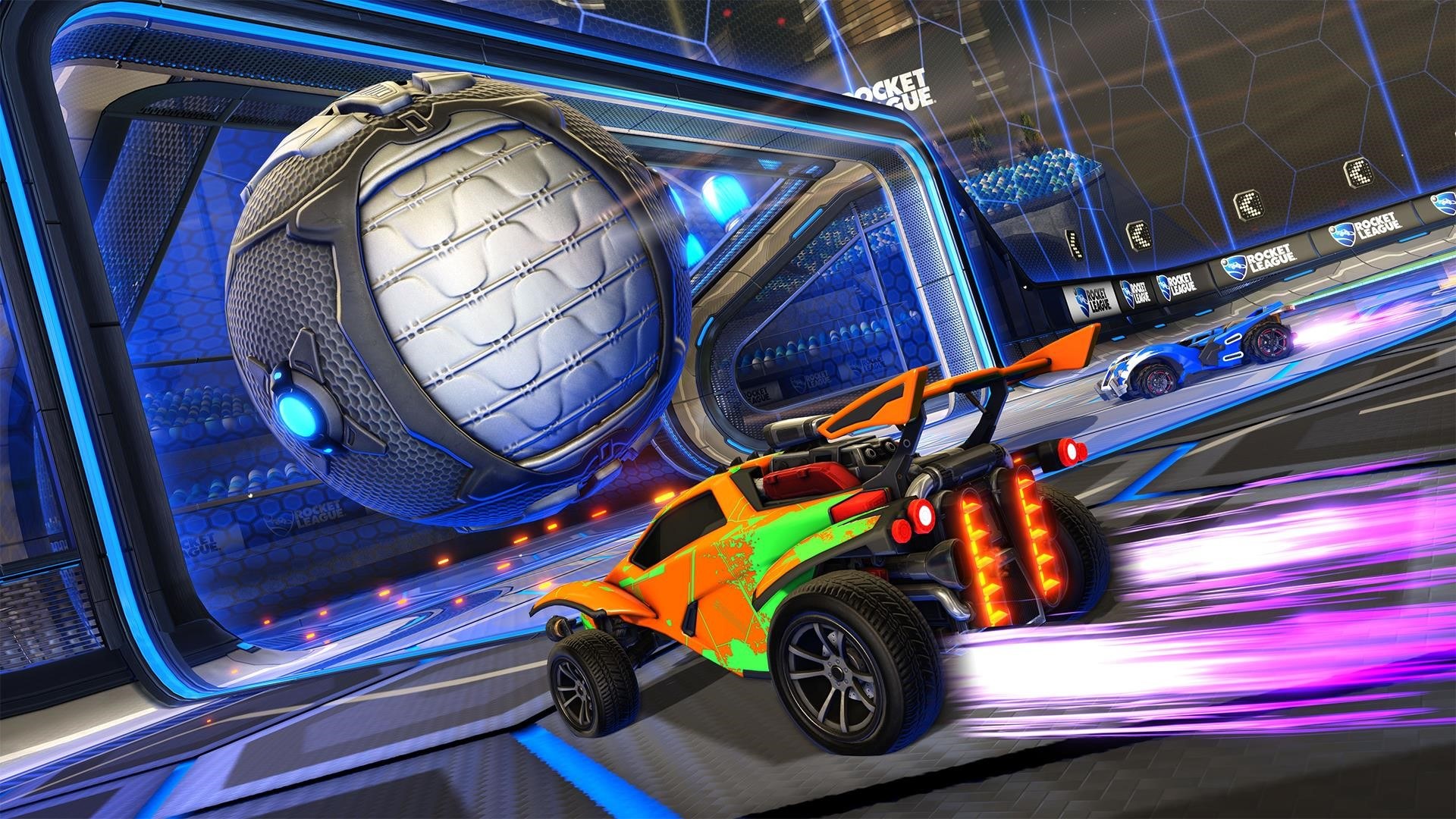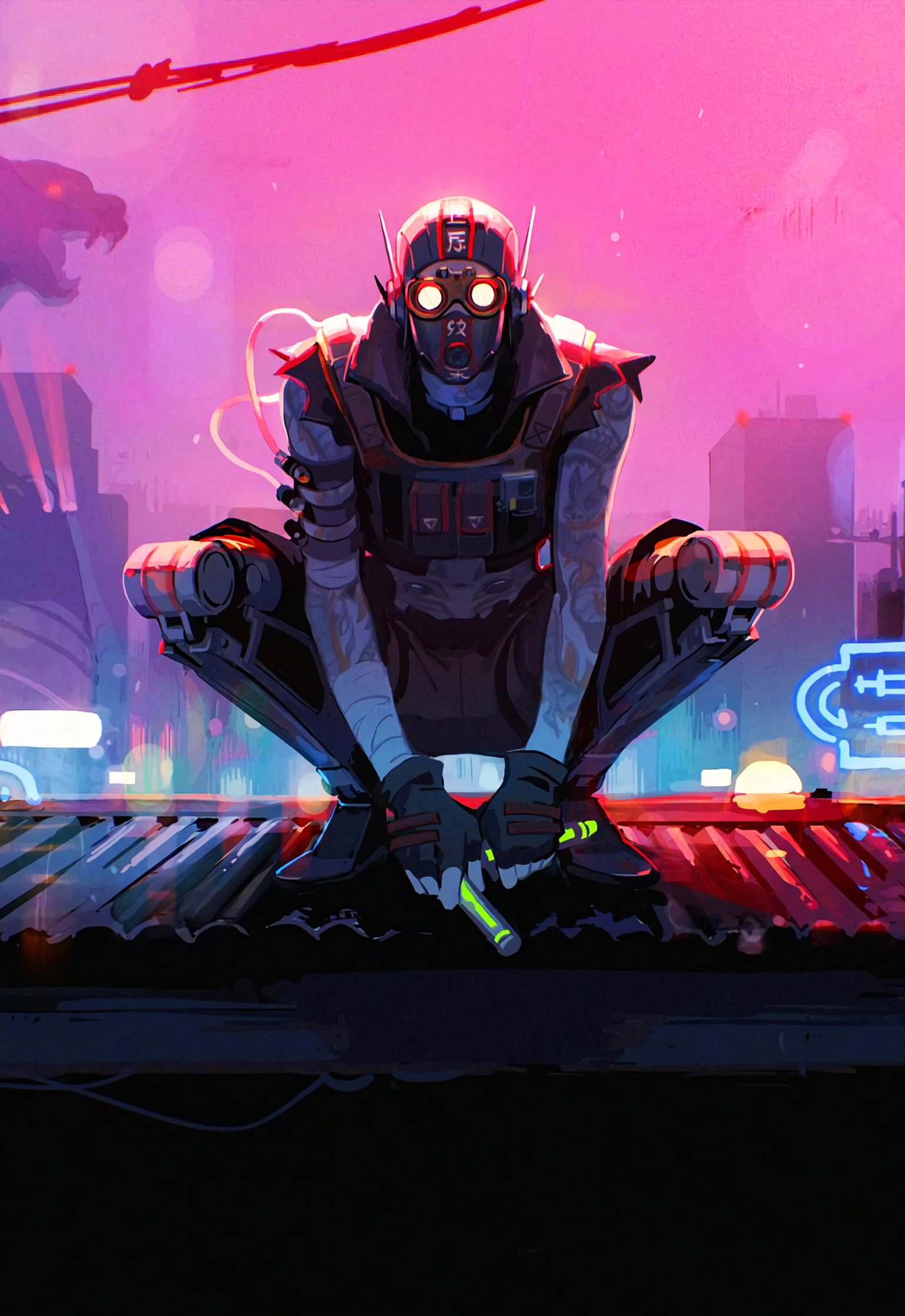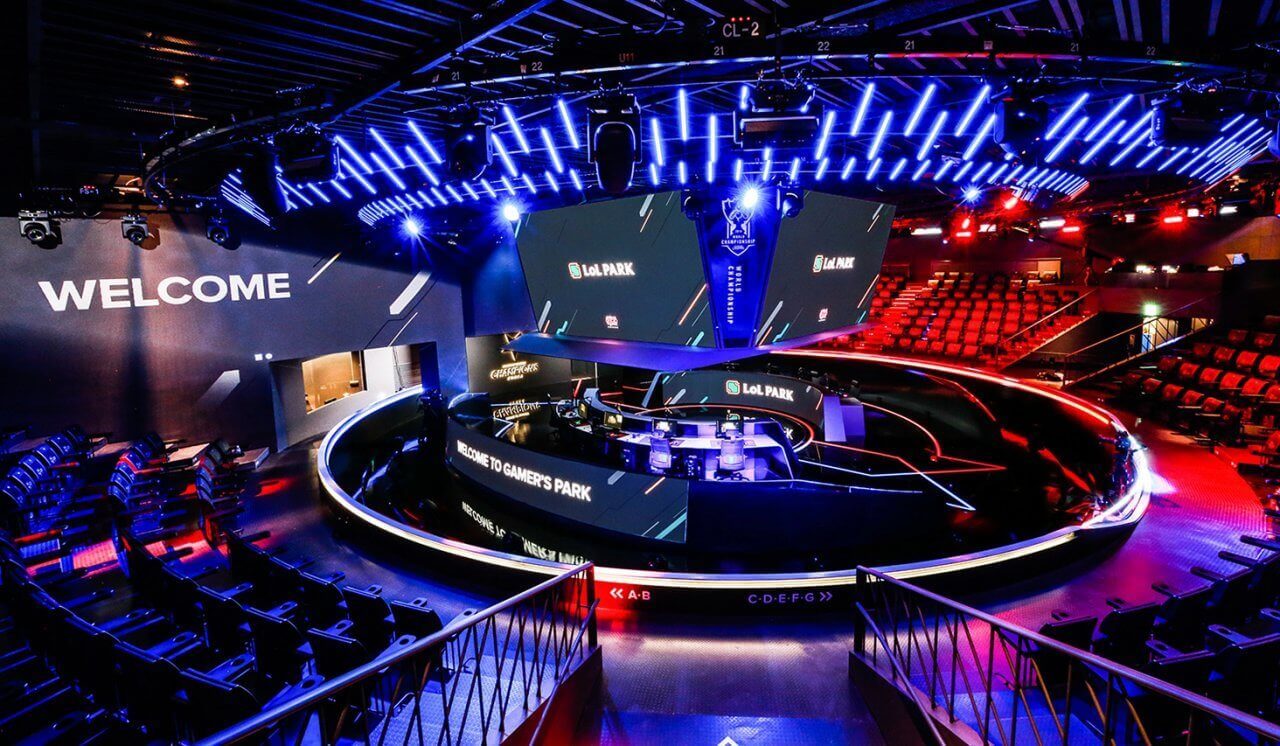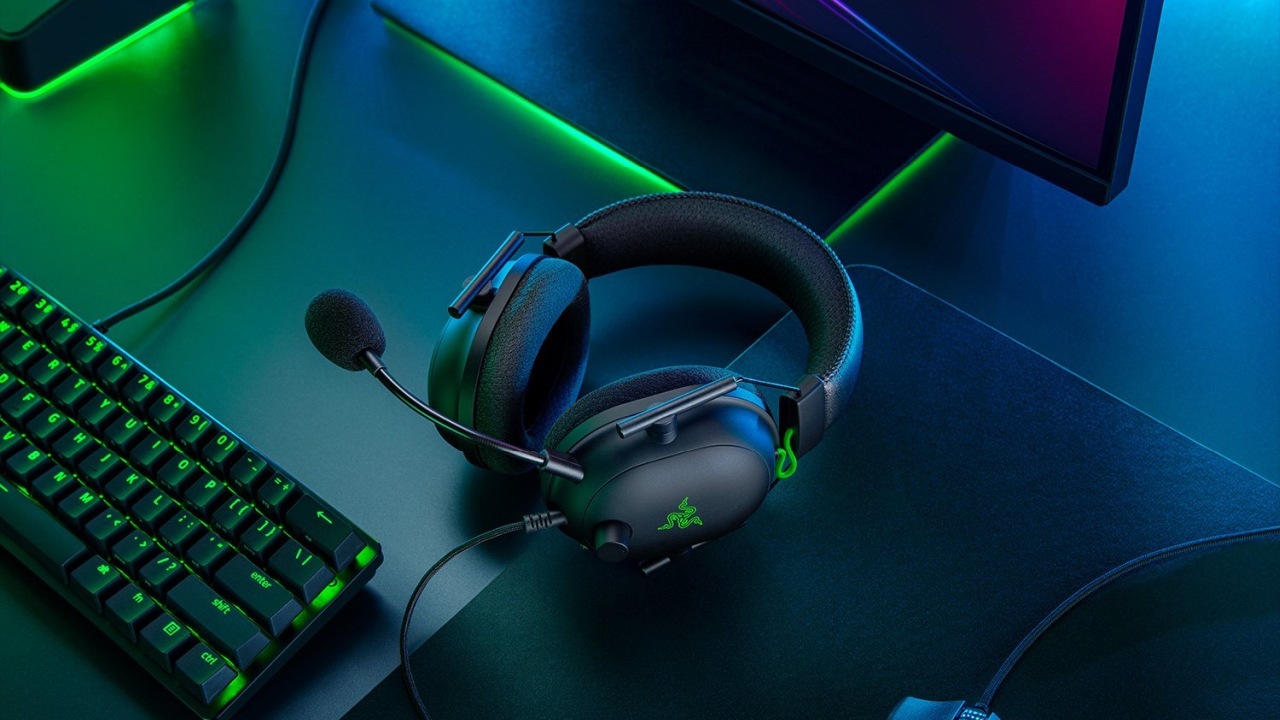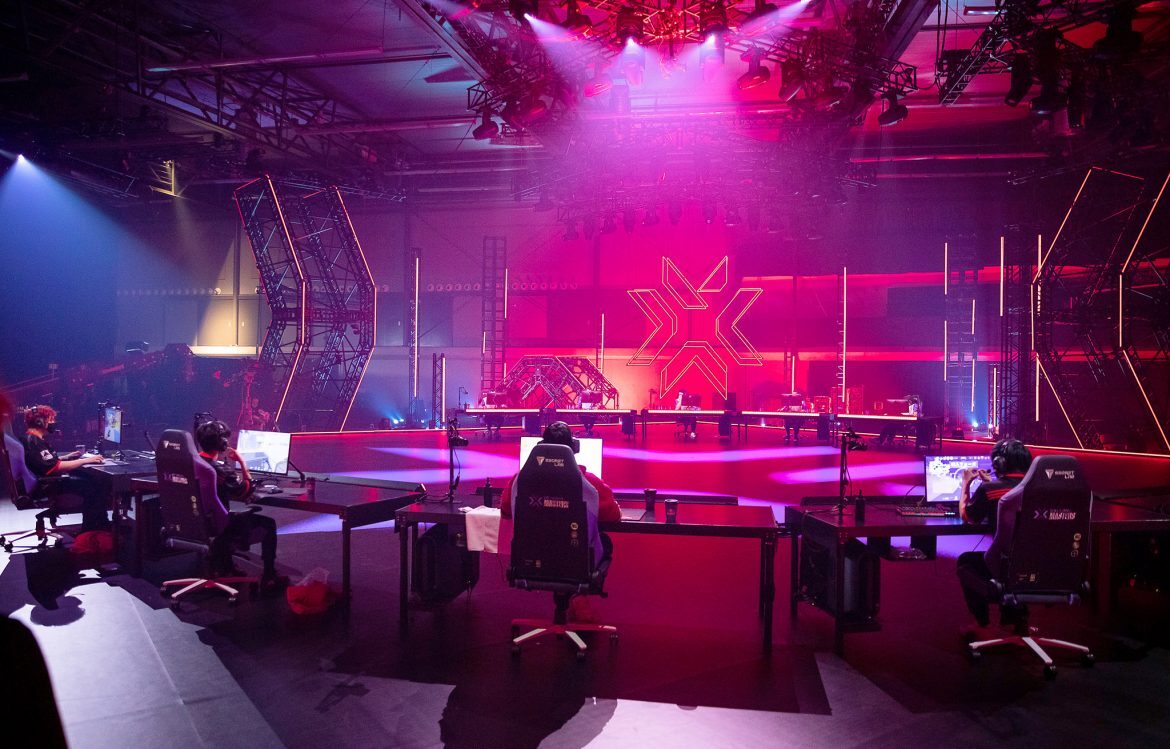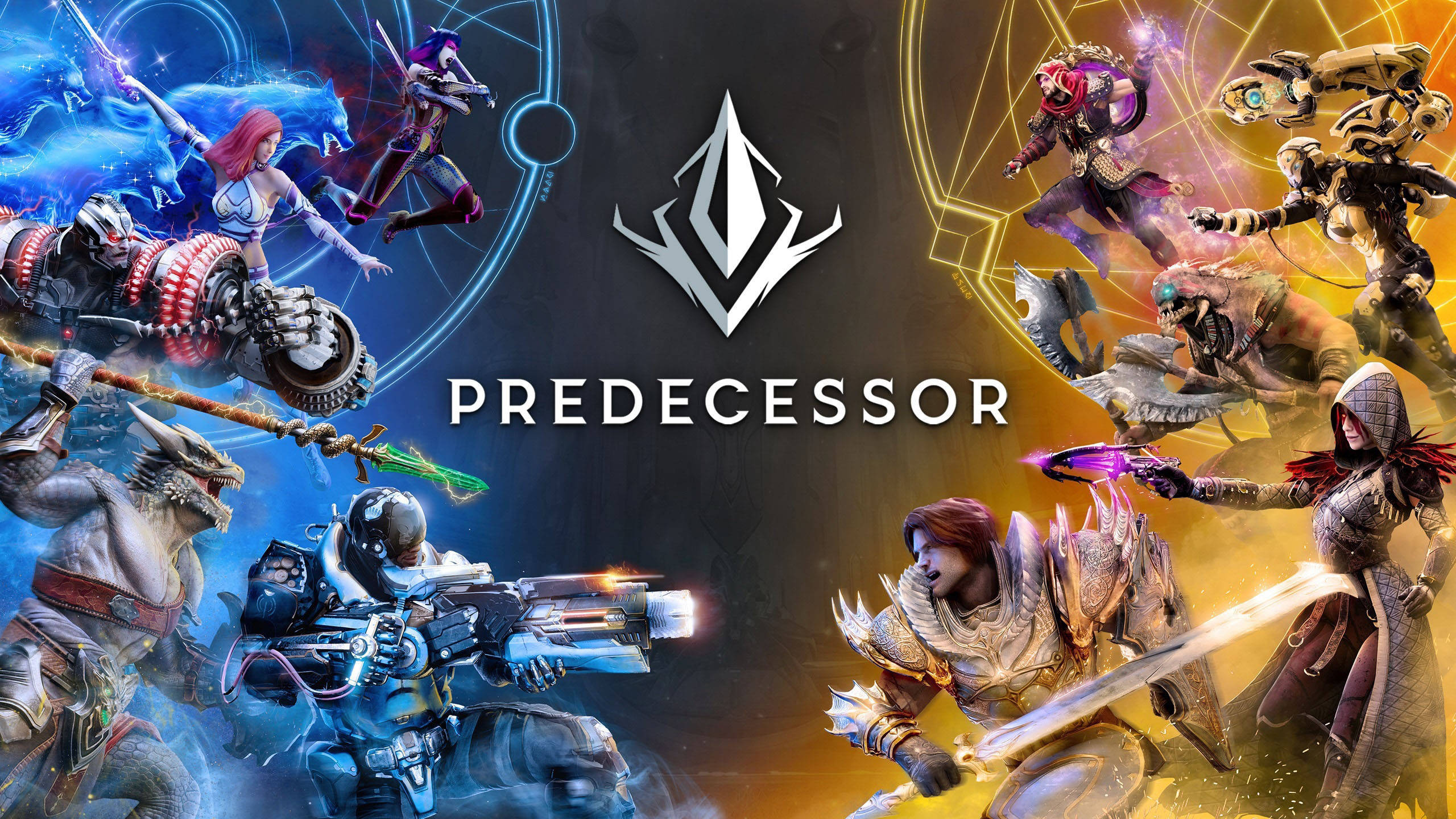Predecessor, a new MOBA by developer Omeda Studios, is the spiritual successor to Paragon and is shaping up to be a welcome breath of fresh air in the MOBA market. We talked to CEO Robbie Singh about the development of Predecessor, what their plans for the future are and how they want to make a MOBA for a whole new generation of gamers.
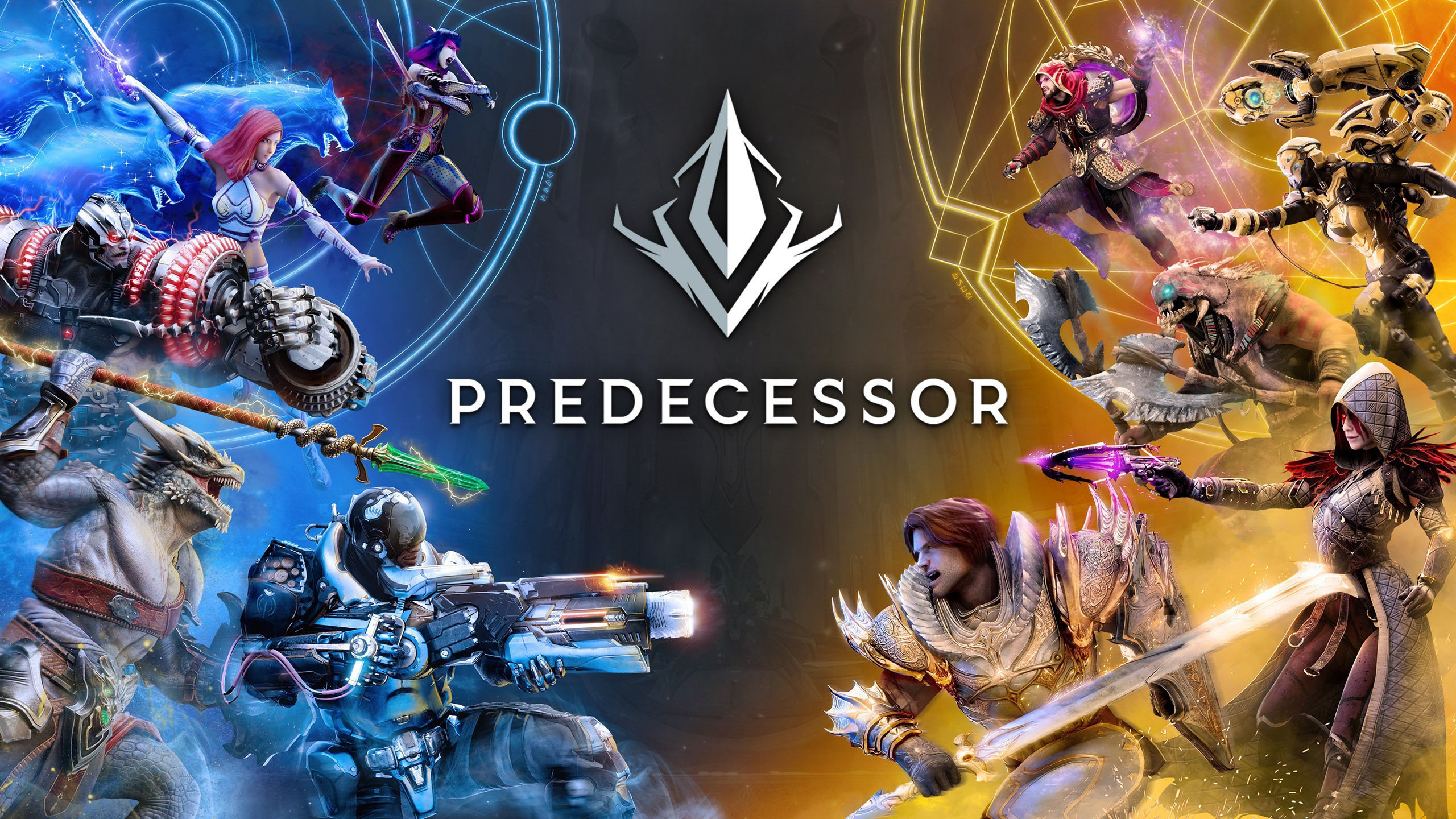
When Paragon came out in 2016, developed and released by Epic Games, it immediately stuck out in the crowded MOBA market: a third-person shooter taking on the classic three-lane game structure in a unique setting that mixes fantasy and sci-fi elements? What’s not to love? And while Paragon didn’t become a major player in the MOBA scene, it did garner a passionate fanbase that stuck with the game until it’s official end in 2018.
One of these people was Robbie Singh, who became the biggest Paragon content creator on YouTube and Twitch. When Epic Games stopped Paragon and moved on to Fortnite, Robbie didn’t come along and leave Paragon behind: instead, he wanted to make his own Paragon.
Now, five years later, Robbie is the CEO of Omeda Studios, a global team of over 80 developers making Predecessor, the “spiritual successor” to Paragon. What started as a hobby project by a handful of people is now shaping up to be one of the most exciting MOBAs we’ve seen in years.
Predecessor Gives A Novel Idea A Second Chance
If you have played Paragon, then you will be instantly familiar with Predecessor. It looks and feels like a third-person action game, you have two teams, three lanes, creeps, towers, items, abilities and everything else you’re used to from a MOBA. And it’s still really fun. When I first played Predeccesor, it reminded me of Paragon of course, but also of how fun and unique that game was.
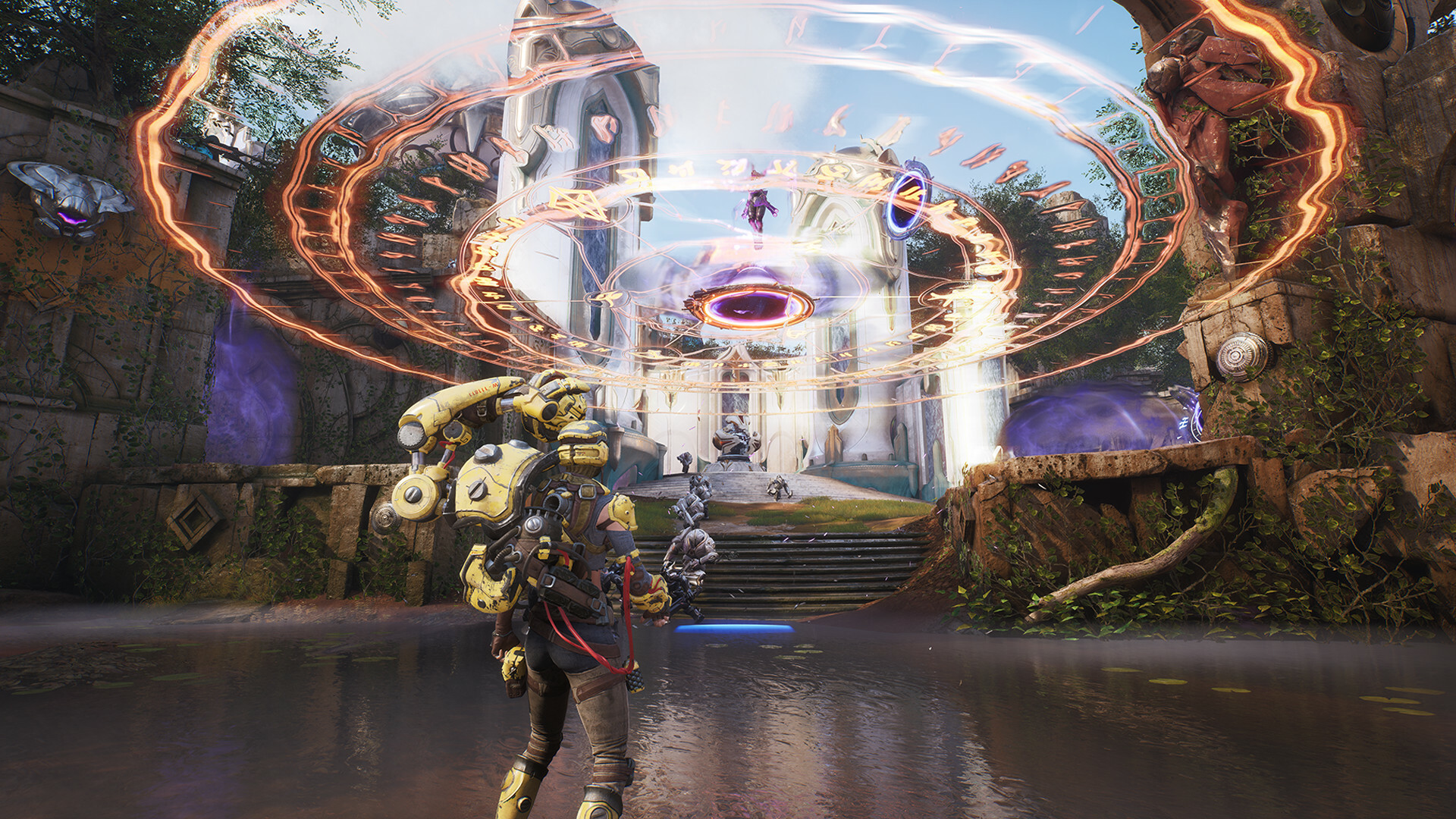
The third-person action feels really good, especially thanks to extended mobility features. It feels very easy to get into as well, while offering tons of potential for complexity thanks to a decently sized roster, potential for item builds and more. It’s already a good MOBA, with the perspective and action focus making it still stand out as much as Paragon did in 2016.
Outside of taking and expanding the core gameplay idea, this connection between the two games also extends to the characters and universe of the game. This means that a lot of characters in Predecessor have already existed in Paragon, with Robbie and his team also having added some of their own creations into the mix. Currently, a new character is added to the game every six weeks, with the team having characters prepared a year in advance.
This approach makes Predecessor seem quite derivative, and derivative of something that didn’t quite work out at the time. But the team seems to be well aware of this problem and are deliberately trying to take what made Paragon special and take their game further into a more unique direction: “I feel like the direction Epic were taking the game in is pretty different from where we want to take the game. And so while it feels the same and looks familiar, there are a lot of differences that will become more apparent as we continue to develop the game.”
This includes changes to the item system, character kits as well as a stronger emphasis on the verticality and moveability in the game: “It’s a third-person in 3D, and I always thought Paragon didn’t go far enough with embracing some of those aspects. We’re definitely trying to lean into those things more.”
Creating A MOBA For A New Generation Of Gamers
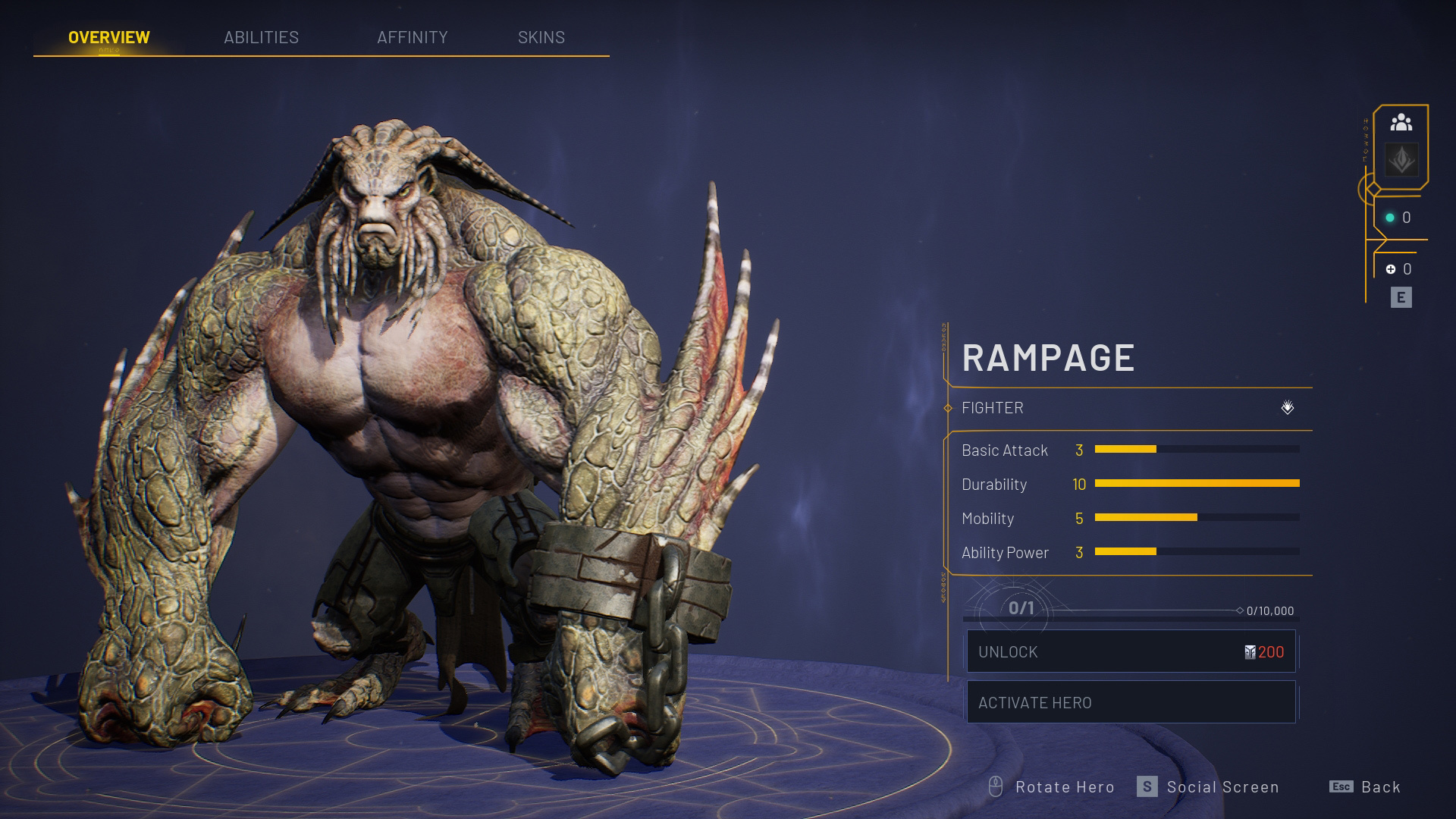
Putting a more action-focused spin on the MOBA genre was an interesting idea then, and it is still pretty novel and promising now. So far, the game’s Early Access status and close proximity to Paragon has meant that the player bases have large overlap: “A lot of the audience is definitely going to come from the Paragon community. That’s purely because I was a Paragon content creator, I had a large audience, so when I talk about the game my audience are those Paragon players.”
But Predecessor obviously can’t just cater to this specific audience, and instead has to necessarily look outside of that bubble. Omeda Studios is trying to reach a wider audience for the game by appealing to a more action-orientated crowd:
“There are still a lot of people that played MOBAs before and for some reason have turned out. I think part of that is because of how the trends have moved. Ten years ago, I was playing top-down games like Starcraft, so MOBAs felt very familiar. When you think about today, a lot of people have been playing third-person games, the Fortnites of the world. So maybe this is the natural transition. We have definitely been looking at targeting those players as well.”
For Robbie Singh, Paragon offered “something unique” during the MOBA craze of the 2010s. He wants to build upon this unique framework and try it again, not just by expanding upon the unusual gameplay framework and also by targeting the console market. While there are a ton of MOBAs, Paragon was one of the few that also made a splash on console. The current console generation of PS5 and Xbox Series X/S has no established MOBA yet. Predecessor is trying to become that game.
Whether it can replicate Paragon’s moderate success, or maybe even eclipse it, is still unclear. Currently, the game features a Discord community of around 50,000 players, it has around 6,000 user reviews on Steam, with the average being “Mostly Positive”. There’s definitely some interest there and people are liking what they’re seeing so far.
Predecessor has been available in paid Early Access on PC for 8,99$ since December 2022, with plans for a free-to-play launch at some point in 2024. The game is set to feature cosmetics and a battle pass system. PlayStation 5 players can register here for the game’s closed beta, which ends on January 5, 2024. An Xbox-version is currently in development as well.


